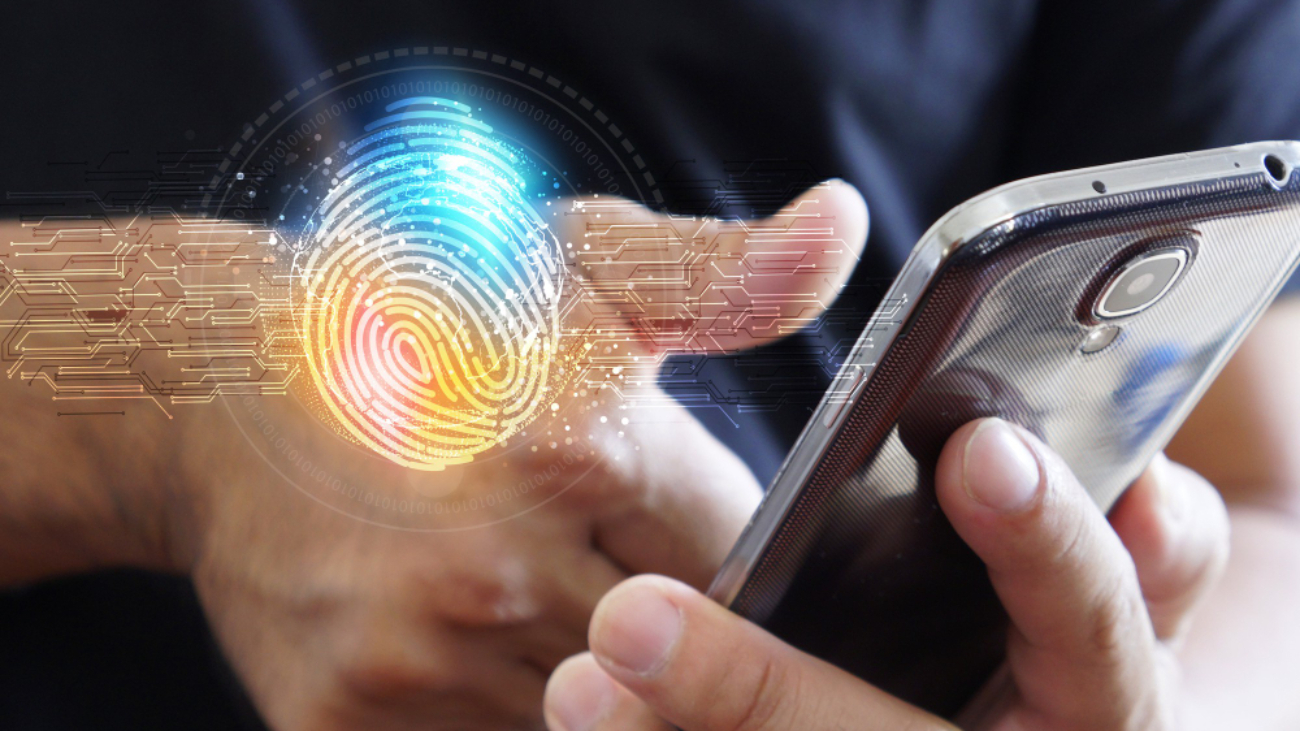Phishing is a major security threat in today’s world observed by Bahaa Abdul Hadi. It involves stealing sensitive information from users by tricking them. With phishing attacks on the rise, it is important for users to have a robust defense mechanism against phishing. MFA or Multi-factor authentication is a powerful security system to identify and verify users. There is a risk of phishing attacks made on MFA. We look at how to tackle this issue.
Phishing and MFA
When MFA began to be used, it relied mainly on passwords and OTPs. It is possible for cyber criminals to get this information through phishing attacks. When this happens, it allows a hacker to gain access to your system. This can cause financial losses, loss of control, and can seriously damage your reputation. As MFA evolved, so has phishing attack. This makes it imperative to make MFA phishing-proof.
Creating a phishing-resistant MFA system calls for investing money. Whenever any such investment is made, the ROI or return on investment has to be considered. When it comes to security systems, ROI cannot be measured in just terms of money. The intangible benefits also need to be considered. Increased customer trust is a key benefit from security systems.
Enhancing defense mechanism for MFA
1) Choose the right tool
Solutions are available in the market that allow you to enhance the defense of your MFA system. You must choose the right tool that can meet your needs. It is important to consider how the tool can be integrated into your system. Scalability of the solution is another factor to be considered.
2) Biometrics
Biometrics is powerful when it comes to security. Using biometric methods like facial recognition, iris recognition, or fingerprint scanning makes your MFA system foolproof. A phishing attack cannot gain access to your biometrics. Liveness detection is another measure to make the system more secure.
3) Educate users
To make your MFA robust, user education is vital. All users who use the system must be properly educated. They must know the importance of MFA and how it helps. They must also be trained on what phishing is and how phishing attacks work. These sessions can include simulation activities, so they understand how phishing works in practice. This would prepare them to deal with real phishing attacks.
4) Test the system
Before implementing any system, it needs to be tested. A thorough testing of your MFA system will help you understand if it is phishing-proof. Any flaws detected during the testing can be used to improve your defenses.
Thank you for your interest in Bahaa Abdul Hadi Blogs. For more information, please visit www.bahaaabdulhadi.com







